Participatory Climate Risk Assessment Hub in Tanzania (PCRAH)
Throughout the years, Sustainable Agriculture Tanzania (SAT) has participated in numerous projects regarding community engagement. Thus, SAT and its enhanced facilitators have much experience in knowledge dissemination, application of Participatory Rural Appraisal (PRA) practices, and other approaches encouraging community engagement in addressing challenges they face. One of the latest projects is the Participatory Climate Risk Assessment Hub (PCRAH), which is implemented in Tanzania with the support of Bread for the World (BftW) and eleven of its partner organizations that are active in different Tanzanian regions, including Tarime and Musoma-Mara, Misungwi-Mwanza, Shinyanga, Same-Kilimanjaro, Chemba and Kondoa-Dodoma, Dar es Salaam, Lindi, Makete-Njombe, and Morogoro.
Local knowledge is crucial
PCRAH started in 2022 as a two-year pilot project using the Participatory Assessment of Climate and Disaster Risks (PACDR) tool for integrating climate and disaster risks into community planning and development. The tool consists of seven modules that build upon each other to enable users to systematically incorporate the consideration of climate and disaster risks into community planning and development. Nevertheless, the potential for improving the adaptive capacity of households and communities or for implementing climate-friendly strategies may be unclear at first glance. Moreover, for some, the process might even seem daunting. But the fact is, taking account of hazards, risks, global warming, and local responses requires information. And good local knowledge can—and must—contribute to assessing climate and disaster risks. Furthermore, it is crucial to find a way of organizing knowledge and evidence into an effective plan. The PACDR tool can guide the way and contribute to the development goal of the PCRAH project, that is, for civil society organizations (CSOs) to contribute to increased climate awareness and resilience of local communities in Tanzania.
Get communities included
One of the significant project objectives includes local communities developing and implementing adaptation action plans. Therefore, CSOs in Tanzania, capacitated by SAT, must successfully facilitate climate risk assessments using PACDR, including follow-ups. SAT acts as an information hub and provides technical support to BftW partner organizations in contextualizing the PACDR tool at a community level. The project is working through sharing knowledge and practices that are part and parcel of the developed adaptation plans in the implementation process.
One of the interventions used by the PCRAH Project is borrowing expertise from previous projects implemented by SAT, like the technologies introduced and promoted in the community to address climate change impacts and disaster risks.
Beneficiaries
Direct project beneficiaries
- A total of 2006 (1200 women, 800 men, and six people with disabilities) community members from Mkindo and Msufini in Mvomero District.
- A total of 11 Bread for the World Partner organizations
- A total of 4 SAT staff (2 women and 2 men)
- A total of 20 (10 women and 10 men) Local Government Authorities (LGAs) leaders (VEO, WEO, Ward Councilors), Agriculture extension agents, and Community development officers of Mvomero District and
- 6 (3 women and 3 men) line ministries’ indirect beneficiaries.
Indirect beneficiaries
- A total of 505 (300 women, 200 men, and five people with disabilities) downstream community members from other Communities around MkNRF and
- A total of 2405 (1300 women, 1100 men, and people with disabilities) Community members of BftW POs
Outputs
Outputs under Objective 1
- A total number of 905 (536 women, 318 men, and one person with a disability) community members from Mkindo and Msufini in Mvomero District are aware of the project and participated in the endorsement of the action plan.
- A total of 17 (6 women and 11 men) local government authorities (LGAs) leaders (VEO, WEO, ward councilors), agriculture extension agents, and community development officers of Mvomero District participated in the awareness creation, endorsement of the action plans, and implementation of the developed adaptation strategies.
- Two (2) reports on the Participatory Assessment of Climate and Disaster Risks, including Findings, Recommendations, and Actions, were developed and shared in two communities.
- Pilot communities developed and endorsed two (2) action plans that identified and documented adaptation goals and refined/further developed adaptation strategies.
Outputs under objective 2
- A total of 52 (28 women and 24 men) representatives of 7 BftW Partner Organizations have enhanced knowledge and experience in successful PACDR facilitation and follow-up; they know possible problems/gaps/challenges and solutions.
- Two feedback meeting reports from the virtual PACDR community of practice document how members shared their problems/challenges and lessons learned and developed solutions.
- SAT community facilitators are capacitated to play their role as PACDR facilitators and multipliers. A total of 11 backstopping sessions (9 for the PACDR application and 2 for establishing the project monitoring tool and its application)
- An information hub in Tanzania for participatory climate change impact and disaster risk assessment was established. A Dropbox folder was created and used. Four resource folders updated, including experience from the field—sample pictures, reports - PACDR Facilitation, meetings, backstopping; other materials—facilitation skills, EMA-2004, latest update from NEMC, National Master Plan, Tanzania NDC, and PACDR information.
To read more about the Participatory Assessment Tool for Impacts and Risks caused by Disasters resulting from Climate Change (PACDR)/SWAHILI, CLICK HERE
The project is kindly supported by Brot für die Welt.


Business Name: KilimoFocus and Consulting
Founder / Owner Name: Rebeca Andrew
Location: Dar es Salaam
Products/Services: The enterprise sources, packs, brands, and supplies food products to supermarkets and retail stores and provides consultancy services for agricultural projects
Instagram: @kilimofocustz

Business Name: Healthy Dried Food Tanzania
Founder / Owner Name: Oliver Kavishe
Location: Bagamoyo, Pwani
Products/Services: Snacks and food items such as dried fruits and vegetable powders
Instagram: @dried_foodtz

Business Name: Mamahealth Enterprises
Founder / Owner Name: Aslatu Nguku
Location: Dodoma
Products/Services: Preserving fruits and vegetables into healthy snacks and flours
Instagram: @mamahealthtz

Business Name: LPHQ Enterprise
Founder / Owner Name: Angelina Sylvester Hillu
Location: Iringa
Products/Services: Tomato wine
Instagram: @elitewinetanzania
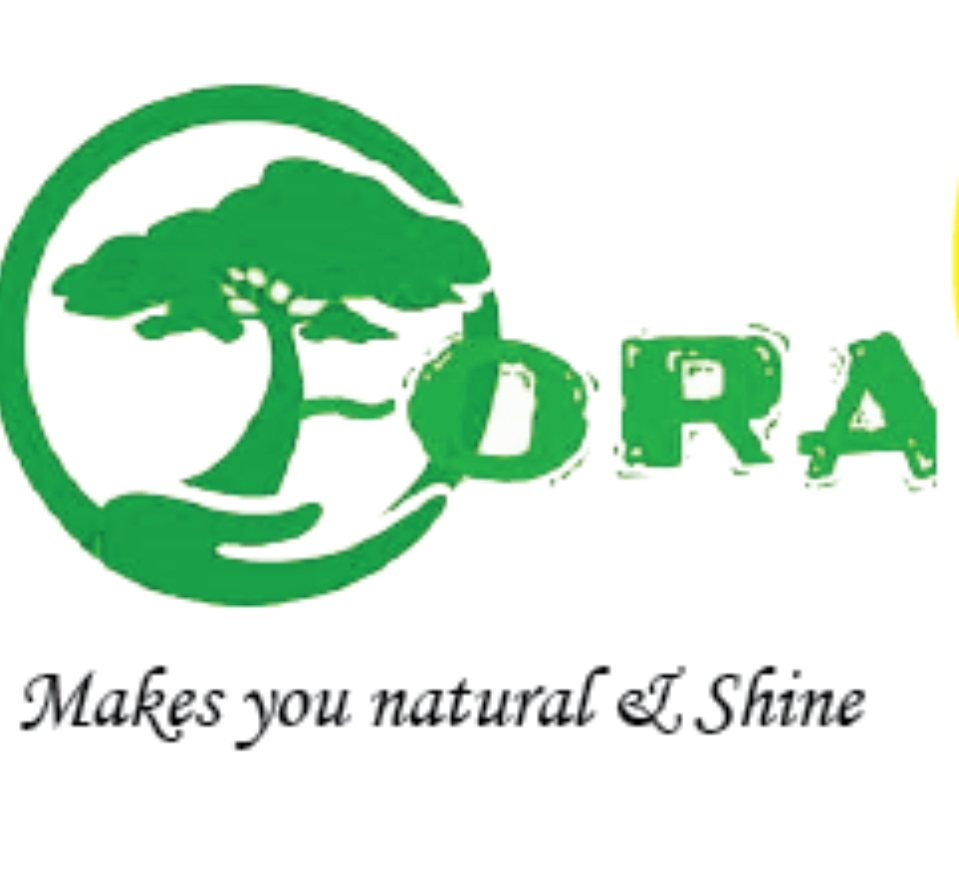
Business Name: Golden Key Organic Processor
Founder / Owner Name: Farida Salehe Nassoro
Location: Dar es Salaam
Products/Services: Health and beauty products made from pure natural plants
Instagram Account: @fora_products

Business Name: Mamabora Food Products
Founder / Owner Name: Rose Mjuni
Location: Arusha
Products/Services: Nut butter with chocolate
Instagram Account: @mamaboranuts
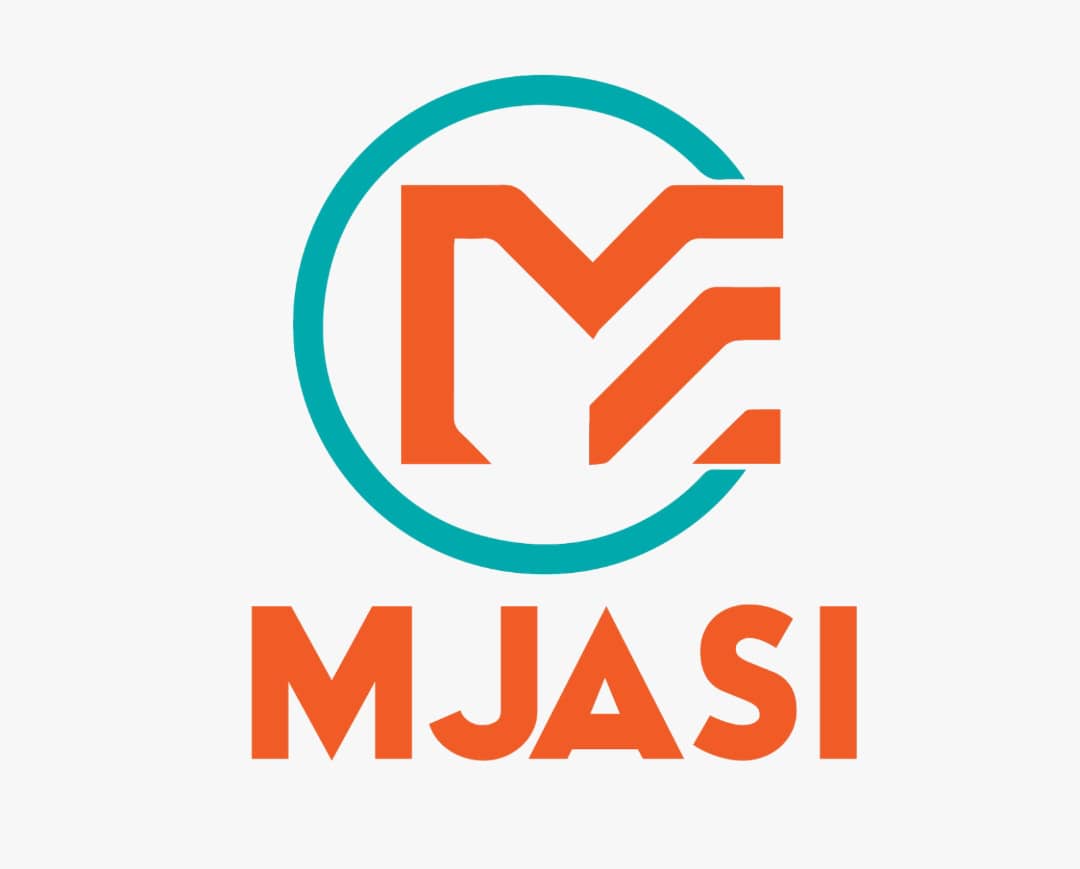
Business Name: Mjasi Enterprises
Founder / Owner Name: Eva John
Location: Dar es Salaam
Products/Services: Ground, beetroot, carrot, coconut, potatoes
Instagram Account: @mjasienterprises_tz
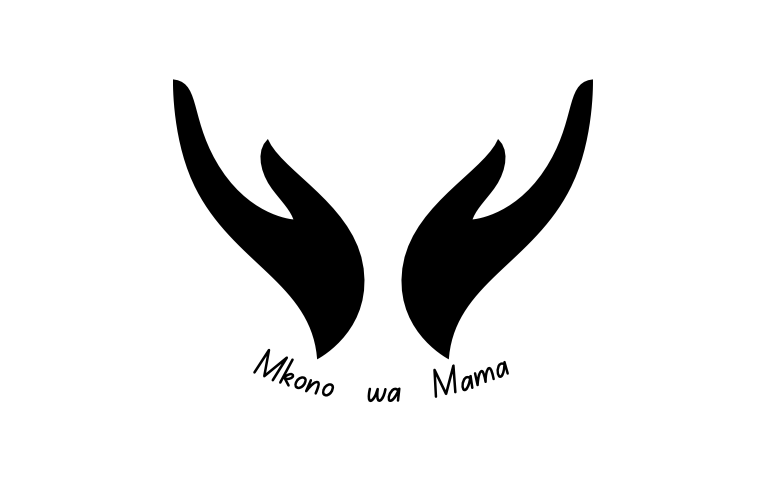
Business Name: Mkono wa Mama
Founder / Owner Name: Ketteneema Lukindo
Location: Dar es Salaam
Products/Services: Fruits Candy and Pastes
Instagram Account: @mkonowamama
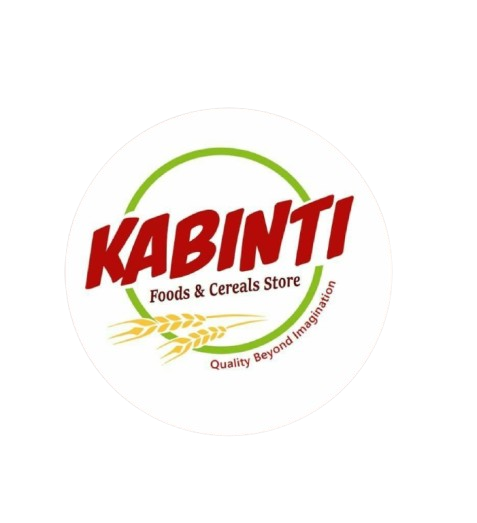
Business Name: Kabinti Products
Founder / Owner Name: Sarah Benard
Location: Ilboru, Arusha
Products/Services: Porridge Flour and Pumpkin Seeds Flour
Instagram Account: @kabinti_products
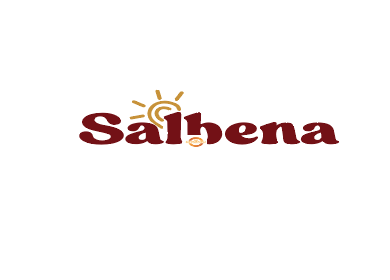
Business Name: Salbena Investment Company Limited
Founder / Owner Name: Simon Majeni
Location: Dar es Salaam
Products/Services: Organic honey
Instagram Account: @Salbenahoney

Business Name: Cocozania Group
Founder / Owner Name: Masome Daniel Kulwa
Location: Dar es Salaam
Products/Services: Virgin coconut oil, blended coconut oil, coconut biscuits, coconut powder
Instagram Account: @Cocozania_Official

Business Name: Nita Food Products
Founder / Owner Name: Lilian Mmbando
Location: Arusha
Products/Services: Nutritious seeds
Instagram Account: @nitafoodproducts

Business Name: Rejuvenation Food Africa limited
Founder / Owner Name: Anne Outwater
Location: Dar es Salaam
Products/Services: Ice cream from wild fruits and honey
Instagram Account: @zaidiicecream




